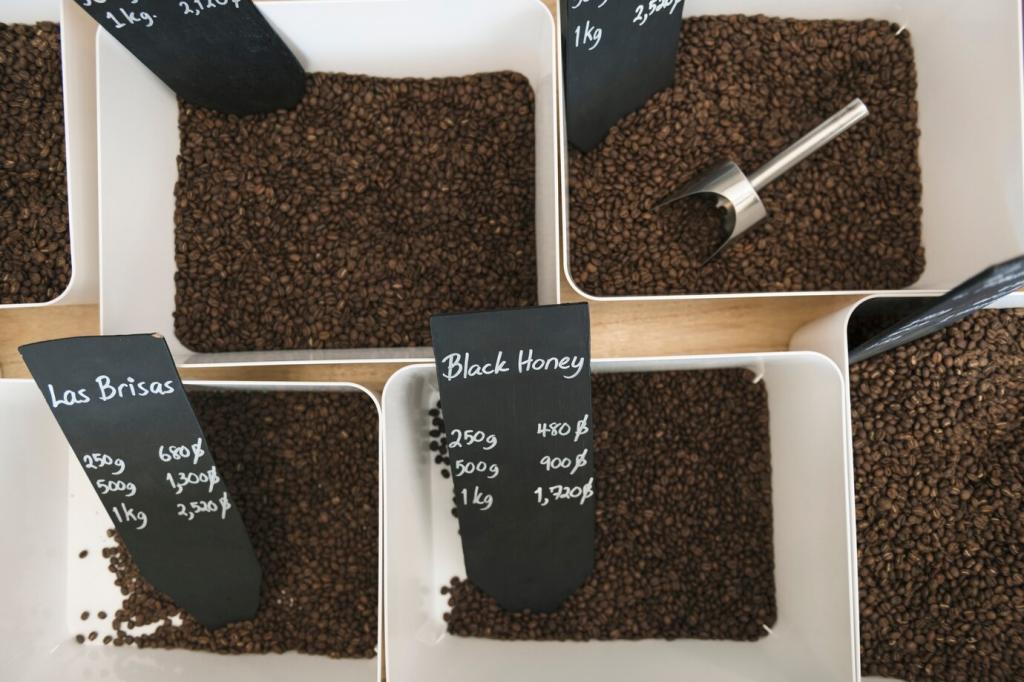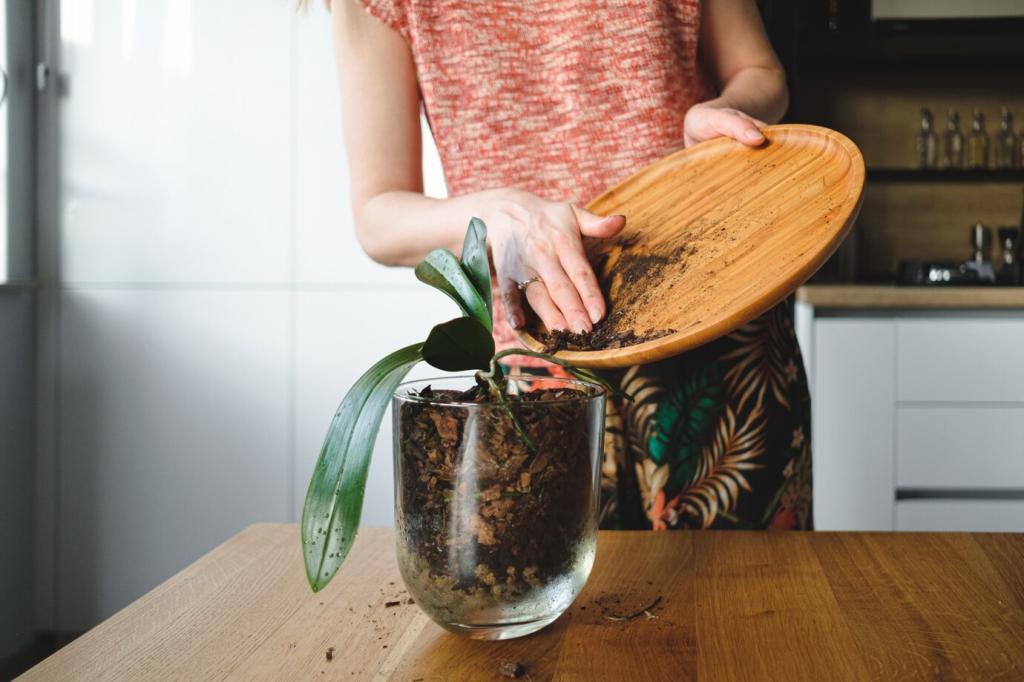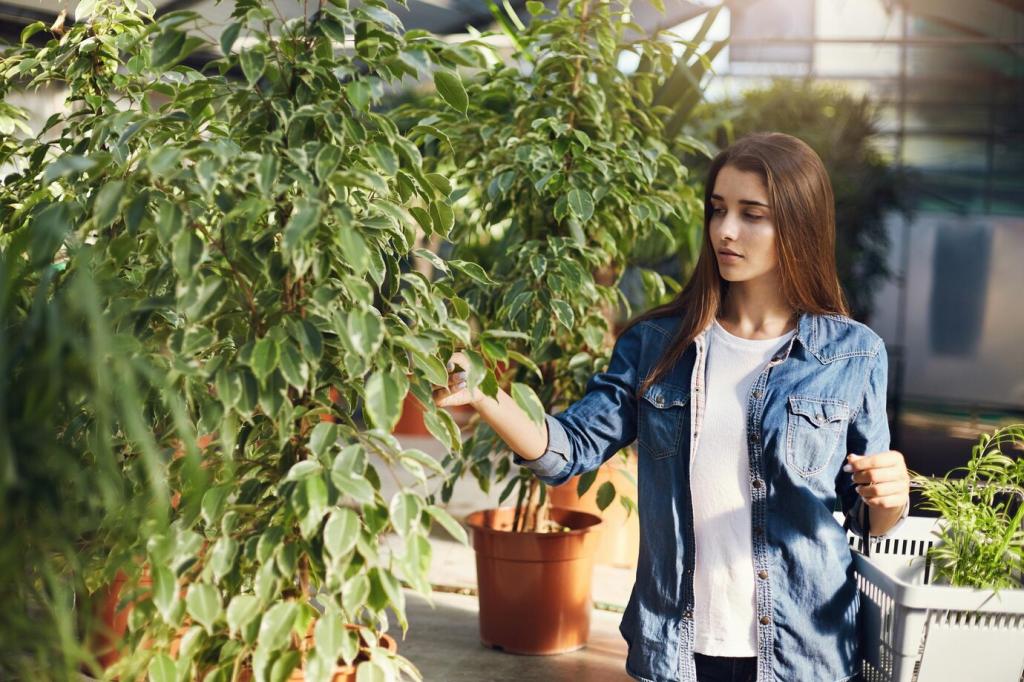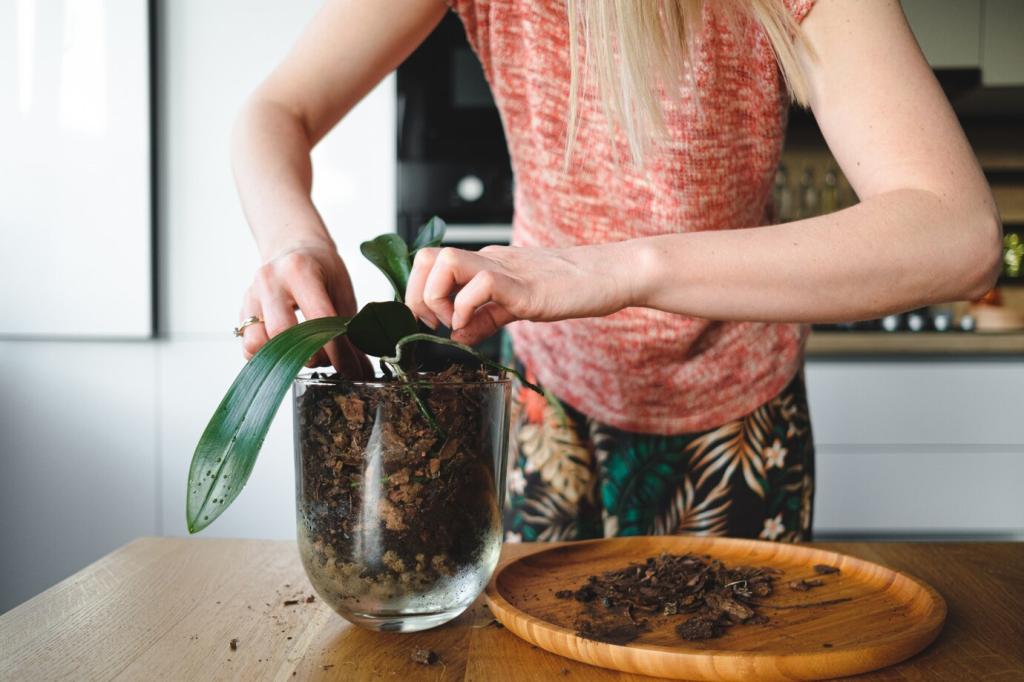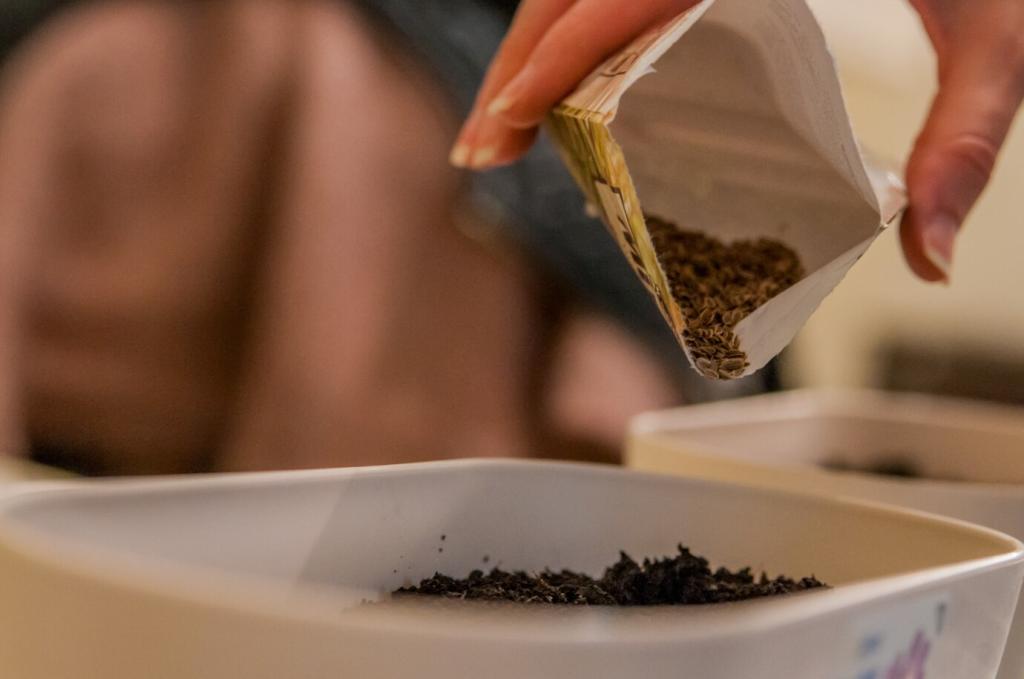Compost Methods That Shine in Urban Spaces
Red wigglers thrive in well-ventilated bins and turn kitchen scraps into rich castings quickly. Keep bedding moist, feed small amounts frequently, and add plenty of shredded paper. In warm months, shade the bin; in cold snaps, insulate or bring it just indoors.
Compost Methods That Shine in Urban Spaces
Bokashi ferments food waste, including small amounts of cooked food, using bran inoculated with beneficial microbes. It’s odor-minimal and compact. After fermentation, bury the material in a balcony planter or compost bin to finish, creating a fast track to usable compost.

